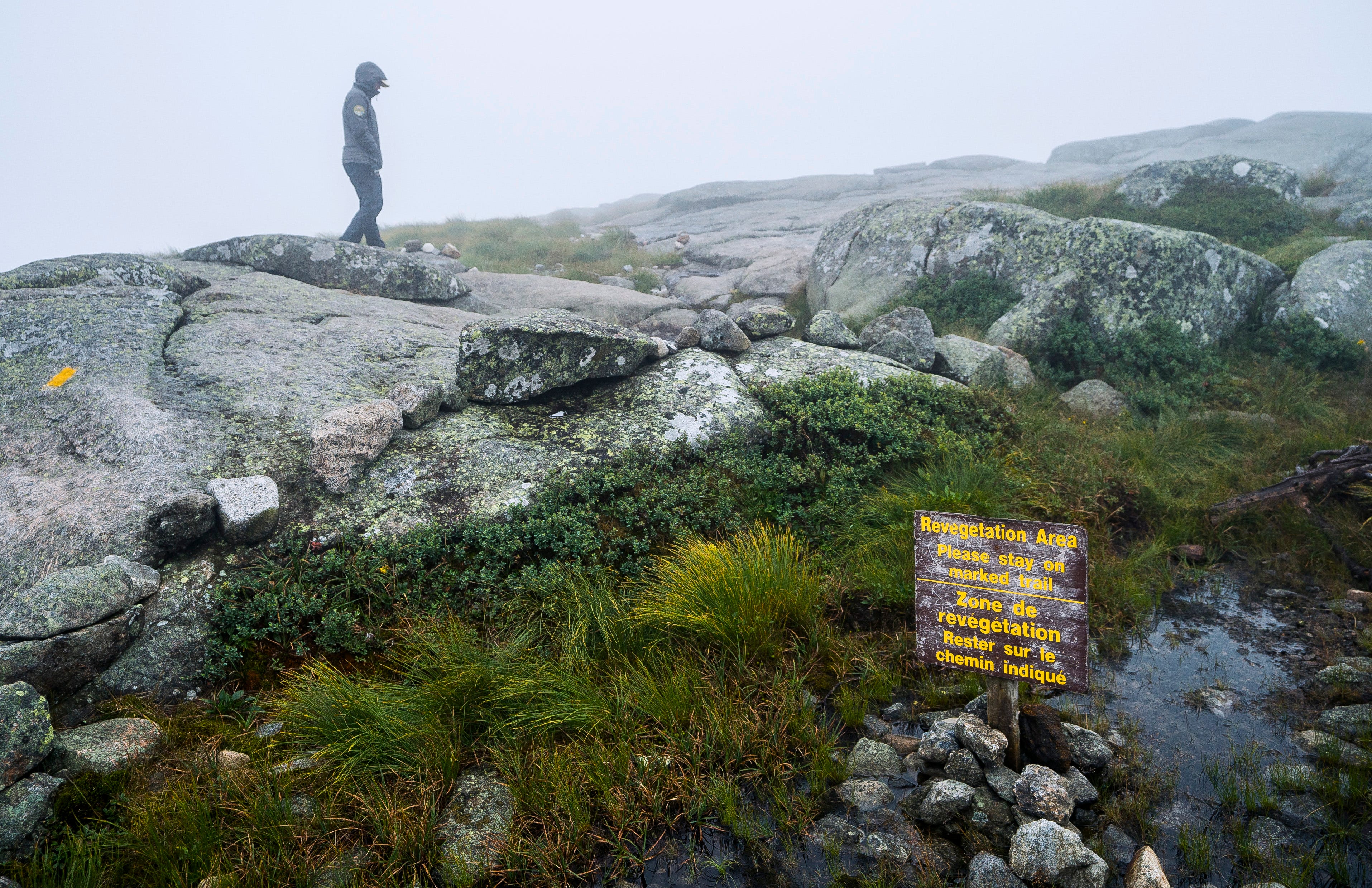The Adirondacks are a premier hiking spot in the northeast U.S., with great variance in difficulty, and endless possibilities on the wild land. People flock from all over to explore a connection with nature that cannot be achieved anywhere else. Taking advantage of such a pristine setting is bound to have regulations in place to preserve its natural beauty, and others in place to protect the visitors in such a raw environment. From limitations on group sizes, to camping locations, there are many steps that are taken protect the park as well as the visitors. Even with regulations in place, the park faces challenges such as overuse and misuse due to the fact that it cannot be fully monitored at any time.
With a colossal 12.4 million annual visitors, the Adirondacks needs its fair share of mandates to maintain its appearance. These visitors come year round, with only a portion of them taking advantage of the expansive trail systems. With such a large amount of hikers that come through the region, it leaves a large footprint in all meanings of the word. The constant flow of hikers on these defined paths, leads to the erosion of soil on trails, only to be increasingly eroded by washouts during rainy periods. The erosion of these trails leads to an increase in sediment in local waterways, ultimately altering the ecological structure of nearby bodies of water. Greater levels of erosion are common on trails that experience greater usage.

https://www.adirondackdailyenterprise.com/news/outdoors/2018/11/adirondack-council-reveals-results-of-high-peaks-hiker-surveys/
Another problem that stems from trail usage, or more accurately, misuse, is the widening of trails. Most trails vary in width, sometimes single-track, but can be wide enough to fit a two-way flow of people at some points. Widening starts when someone takes their own path just off the trail, due to the fact that a trail seems inaccessible, often due to erosion. From there, others begin taking that new path which becomes subject erosion just like the rest of the trail. This process goes on continuously, with trails reaching widths of 25 feet in places. Going off the path on trails that are in the alpine zone (3500+ ft above sea level) is especially detrimental to the endangered plant species that are found at those elevations.

https://www.lohud.com/in-depth/opinion/2020/08/25/adirondack-trail-use-high-peaks/3288996001/
There are of course many difficult to enforce restrictions on the more widely used trails, specifically those cared for and maintained by the Adirondack Mountain Club. Most of these trails are in the High Peaks region, where nature is more precious than almost anywhere else in the park. The Club prohibits any groups larger than 15 people, in an attempt to cut down the chances of overusage and individuals being pushed off trail. Also, in an attempt to prevent the trampling of fragile greenery, camping is banned above 4000 ft, and limited to designated campsites even when below 4000 ft in the High Peaks. A destination as popular as the Adirondacks needs regulations to prevent the footprint of visitors from harming the natural beauty that likely lured them there.
Works Cited
“Dec Adirondack Regulations: Adirondack Mountain Club.” Adirondack Mountain Club | Just Another WordPress Site, 21 Nov. 2019, https://www.adk.org/play/hiking-information/hiking-in-the-adirondacks/dec-regulations/.
Council, Adirondack. “Overuse in the Adirondack Park.” Adirondack Council, https://www.adirondackcouncil.org/page/overuse-in-the-adirondack-park-298.html.
